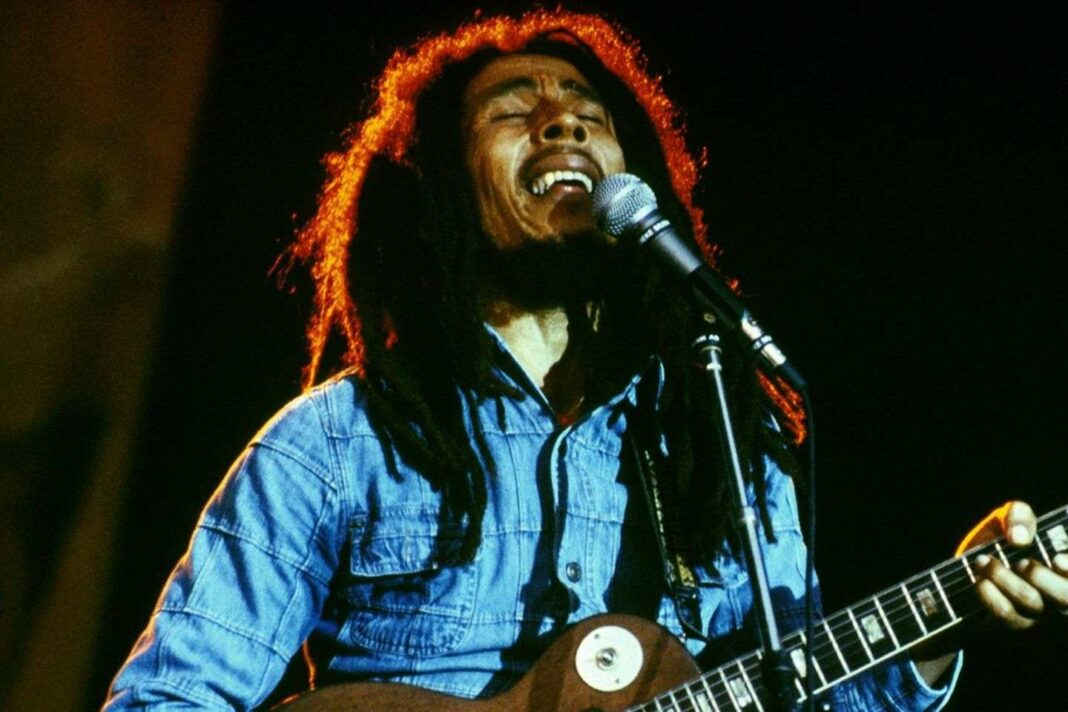Bob Marley, a reggae legend, gained global fame in the 1970s with hits like ‘Get Up, Stand Up’ and ‘No Woman, No Cry.’ Born in Jamaica in 1945 to a mixed-race family, he faced a challenging childhood marked by poverty. He co-founded The Wailers, which propelled reggae into the international spotlight. Despite his success, Marley’s life was cut short by cancer, leading to his death in 1981, leaving a lasting legacy in music and culture.
Bob Marley, the legendary reggae icon, rose to international fame in the 1970s with unforgettable tracks like ‘Get Up, Stand Up,’ ‘I Shot the Sheriff,’ and ‘No Woman, No Cry.’ His untimely passing from cancer in 1981 left a significant void in the music world, paving the way for countless myths and legends about his life and legacy. While he didn’t single-handedly create reggae music, Marley has come to embody the essence of this laid-back genre that originated in Jamaica during the late 1960s.
Overcoming a Challenging Childhood
Born on February 6, 1945, in Nine Miles, Jamaica, Robert Nesta ‘Bob’ Marley entered the world under difficult circumstances. His mother, an 18-year-old dark-skinned singer, and his father, a 60-year-old white British Army captain, had a tumultuous relationship from the start. The marriage, which was hastily arranged due to the pregnancy, resulted in a scandal that ultimately led to the father’s departure from the army. Abandoning the family, Marley faced a childhood marked by poverty. Because of his lighter skin, he was often referred to as ‘White Boy’ by his darker-skinned peers.
At the age of twelve, Marley relocated to Trenchtown, a struggling neighborhood in Kingston, with his mother. After dropping out of school, he worked as a bicycle mechanic for several years before embarking on his musical journey.
The Rise of The Wailers
Life in Trenchtown was rife with challenges; for many residents, music provided a temporary escape from their harsh realities. In 1963, Marley partnered with friends Bunny Wailer and Peter Tosh to form their first ska band, initially named The Teenagers before evolving into The Wailers. Their debut single ‘Simmer Down’ skyrocketed to number one on the Jamaican charts in February 1964, establishing them as a rising force in the music scene. In an early promotional photo, Marley and his bandmates are seen dressed sharply in black suits and bow ties.
It wasn’t until Marley embraced the Rastafari movement in 1967 that his signature style transformed, leading to the iconic dreadlocks and relaxed attire he is known for today. This belief system advocates for the liberation of oppressed individuals and promotes a rejection of Western society, incorporating elements like the ceremonial use of marijuana.
A Global Reggae Ambassador
As reggae music began to flourish in the late 1960s, largely influenced by Jamaican musician and producer Lee Scratch Perry, Marley and The Wailers were at the forefront of this musical evolution. Their partnership with British label Island Records in 1972 catalyzed their international ascent.
Albums such as ‘Catch a Fire,’ ‘Burnin’,’ and ‘Natty Dread’ featured many of Marley’s classic hits like ‘Stir it Up,’ ‘Get Up, Stand Up,’ and ‘I Shot the Sheriff.’ His global recognition soared when Eric Clapton’s 1974 cover of ‘I Shot The Sheriff’ topped the US charts, cementing Marley’s status as a worldwide superstar.
Following his move to London, Marley continued to release groundbreaking albums like ‘Rastaman Vibration’ and ‘Uprising,’ and he toured extensively throughout Europe and the USA. The fresh sound of reggae revitalized the rock music scene of the mid-1970s, influencing numerous bands such as Blondie, The Police, and The Clash, who incorporated this new rhythm into their own hits.
A Tragic Conclusion to a Remarkable Journey
Marley’s incredible career faced an unexpected halt due to a tragic twist of fate. In the fall of 1980, he embarked on a major tour in the US alongside soul legends The Commodores and Lionel Richie. However, shortly after the tour commenced, Marley collapsed while jogging in Central Park. Doctors later revealed he was suffering from severe tumors affecting his lungs, liver, and brain. His final concert took place on September 23, 1980, in Pittsburgh.
Upon receiving the devastating cancer diagnosis, Marley sought alternative treatment from controversial German doctor Dr. Josef Issels, who was known for his unconventional therapies. During his last weeks at a treatment center in Bavaria, Marley underwent chemotherapy, leading to the loss of his iconic dreadlocks.
As his health continued to deteriorate, Marley expressed a desire to return to Jamaica to spend his final days in his homeland. Unfortunately, he was unable to fulfill this wish, as his condition worsened during the return flight, and he was hospitalized in Miami, where he passed away on May 11, 1981, at just 36 years old.
